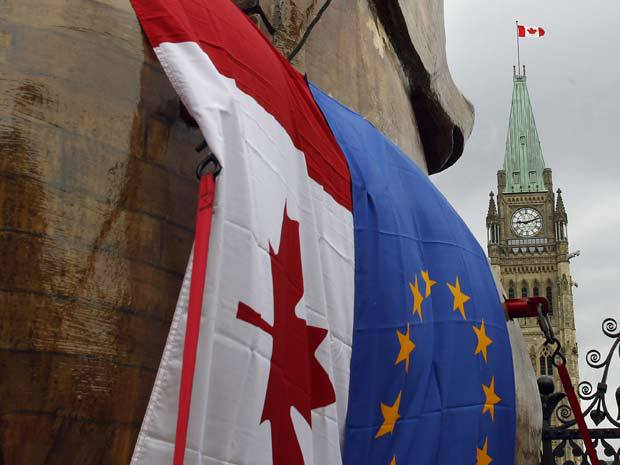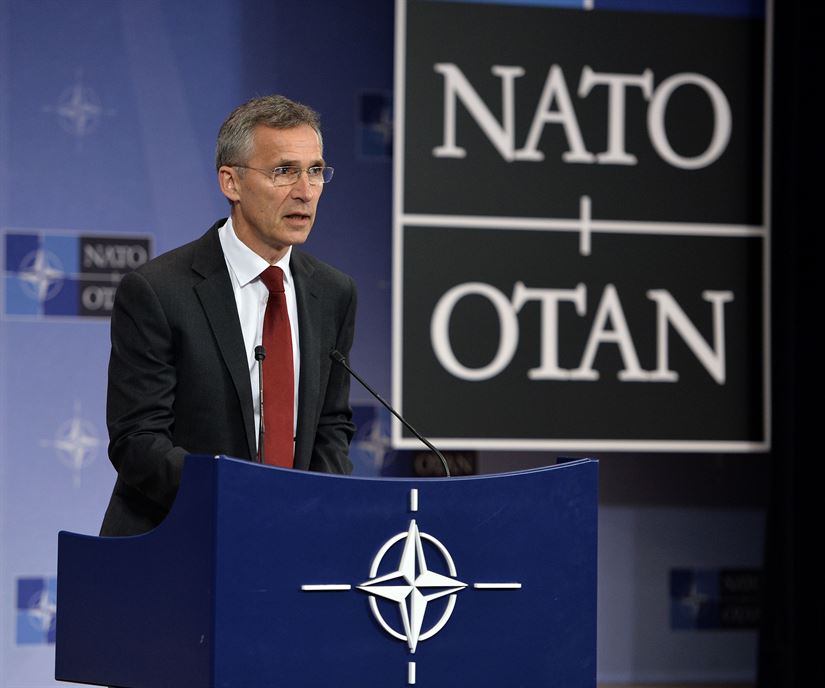The humanitarian debate on the use of drones is certainly one worth examining. While there has been much emphasis on the negative side effects of using drones, little has been written about the humanitarian cost-benefit ratio of using drones in counter-insurgent warfare.
One of the most prominent criticisms of drone warfare has been the inadvertent “collateral damage,” or civilian deaths. The most prevalent examples of collateral damage resulting from air strikes have been Afghan wedding parties; the devastation of two wedding parties in 2008 prompted President Hamid Karzai to plead with newly elected President Obama to “put an end to civilian casualties.” However, the US has continued to operate drones throughout its War on Terrorism, killing approximately 800 civilians and children in Pakistan alone, according to independent sources.
These numbers are shocking. The percentage of civilians and children killed in drone strikes (in Pakistan) is approximately 65%. This is an overwhelming percentage, and yet it indicates that the strikes are still successful: approximately 450 insurgents have been eliminated from the war.
These numbers are fuel for the debate. Is a 65% collateral damage rate worth the 450 eliminated insurgents? The Civilians in Conflict Centre notes that drones may actually be increasing violence, leading to greater civilian deaths through secondary effects of drone strikes. Most who consider human life to be a priority would indicate that this is absolutely not acceptable and cannot continue to occur. Various non-governmental organizations (NGOs) have petitioned the Obama administration and even produced blueprints to end the human rights violations of drone attacks.
A May 2013 speech by Obama on targeted killings indicates that there will be increased oversight and greater transparency in the use of drones for targeted killings. Why? Evidently drone strikes pose a significant benefit to the US and its armed forces.
[captionpix align=”left” theme=”elegant” width=”300″ imgsrc=”http://natoassociation.ca/wp-content/uploads/2013/10/pakistan-tehreek-e-insaf-hold-burning1.jpg” captiontext=”Drone warfare causes the war to become less intense for civilians at home”]
The Council on Foreign Relations indicates succinctly why drone strikes are preferable to a “boots on the ground” approach that has been used in most other wars. As the War on Terror is a counter-insurgency war, it is difficult if not impossible to effectively find and eliminate insurgents, such as al-Qaeda. Covert drone strikes provide a safer alternative: fewer American soldiers are put into harm’s way and the costs of any attacks on drones are contained to the drone equipment, which is smaller and faster than regular aircraft. Furthermore, drones are significantly more effective in counter-insurgencies in difficult and dangerous terrain. The humanitarian question in the use of drones must be analyzed from both sides: to what extent are drones able to save American lives and eliminate insurgents in comparison to a “boots on the ground” approach? Regardless of which tactic is used, civilians will be collateral damage, as is the nature of warfare. Drone warfare merely eliminates the loss of lives for drone-users.
Although the loss of life when using drones is negated, this changes the perception of warfare. When soldiers are physically fighting on the ground in a country, the war is much more realistic; drones provide a “video game” type approach to warfare that has two negative consequences:
1) The soldiers, who are operating the drones, have become less engaged. The war is no longer an option of “kill or be killed” but merely eliminating “the bad guys.” This approach to war may have a psychological impact on soldiers such that strikes on civilians are less devastating to the human conscience. As a result, the potential exists for increased targeting of civilians and a decreased concern for accidents pertaining to collateral damage.
2) There is no direct threat to soldiers, which would allow states to become more zealous in their use of force. If a state has no associated costs with using drones and significant benefits, then there is no reason to avoid using force, and perhaps excessive force, in situations that would not normally require more than a simple negotiation. While present governments are unlikely to resort to this course of action, it is not an unlikely possible extension of drone use in the future.
Finally, drone warfare causes the war to become less intense for civilians at home. In the case of the War on Terror, American citizens become less willing to be involved in a war that does not headline newspapers with death tolls. This aspect of the Clausewitzian Trinity greatly affects the ability of any state to conduct war. For pacifists, this is certainly not a negative consequence. When an enemy that does not respond to diplomatic negotiation threatens a state, war may be the only option.
Drone warfare is certainly not humanitarian in any traditional sense. There is a significant probability that collateral damage rates will be high and that many civilians will either lose their lives or be severely affected. However, collateral damage is not unique to drone warfare, it is a part of every war imaginable. What drone warfare is able to accomplish is the maintenance of life for those operating the aircraft. The most compelling question in the case of humanitarian drone warfare is whether or not states operating drones will be able to maintain the current status quo in which collateral damage is minimal and operators are fully cognizant of their capabilities and are able to restrain themselves accordingly. The answers to the biggest humanitarian questions regarding drone warfare must continue to be debated, but only time will tell as to what the outcome will be.




